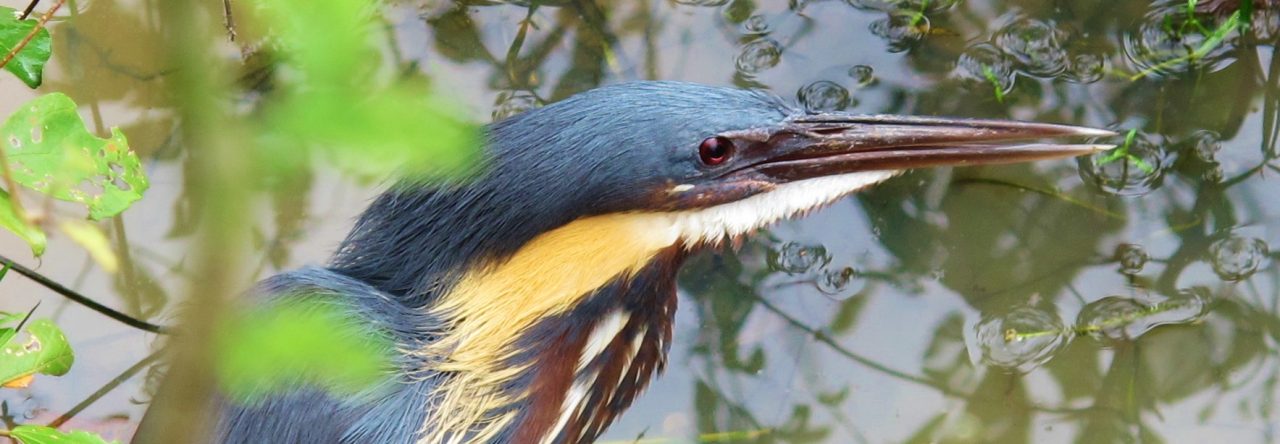
Le Plan de la Tour, near St Tropez in the south of France, was the location for my wedding on June 11th. Beforehand, I spent a leisurely few weeks with my wife-to-be and my family, cruising slowly down through France. It wasn’t exactly a birding holiday, but nonetheless I managed to see quite a few year ticks. Being in France is always nostalgic for me as it reminds me of summer holidays as a teenager when I first started getting into birding, when everything I saw was new and exciting.
The casual birding started on the outskirts of Calais, where Meadow Pipit made its belated appearance on the year list, and continued through northern France, with Melodious Warbler and Green Woodpecker en route. At Chenonceaux, in the Loire Valley, I ticked some more southerly species: Cirl Bunting, Firecrest, and rather surprisingly Mediterranean Gull, which I regularly saw overhead in the area especially in the evenings.
Western Bonelli’s Warbler was commonly heard singing in the Dordogne region, but I didn’t actually manage to see one until I reached Nimes, much further south. Another bird that I heard often but didn’t manage to see at all was European Nightjar, so it looks like I’ve missed out on that one for the year. A viewpoint in the village of Domme was notable for numerous Black Kites, several Peregrines, and a pair of Crag Martins – the furthest north I have seen this species in France.
Further south, we stayed on a campsite in Sommieres, near Montpellier, which was notable for high numbers of breeding Common Redstarts in the oak woods there. One pair was even using the toilet block as a nest site. My first European Bee-Eaters for the year hawked overhead. An hour or two in the early morning at a nearby area of Mediterranean garrigue habitat produced several showy Western Subalpine Warblers and Sardinian Warblers, as well as other common Mediterranean birds including Woodlark, Serin and Common Nightingale.
A most useful year tick flew across in front of me as I drove along the A9 near Nimes: a Glossy Ibis, definitely a cut above your usual “seen from the car” kind of bird in France. Nearby, a midday visit to the legendary Camargue was predictably quiet given the time of year and windy conditions, although I finally laid eyes on a Cetti’s Warbler for the year list. Greater Flamingoes were present in their hundreds, and several Slender-billed Gulls were on the saltpans.
The Gorge de Verdon in Haute-Provence is scenically stunning, and potentially quite a good site for birds, with Bonelli’s Eagle known to occur here. I had no luck with eagles but half an hour at a viewpoint produced seven or eight Eurasian Griffon Vultures – these birds are doing well in France and have presumably spread from their Cevennes core breeding area to the west. A small group of Alpine Swifts also showed well here.
Finally, the Plan de la Tour area produced a few interesting birds on the few occasions that I had the time to look for them between wedding planning and socialising with guests. An early morning at the Plaine des Maures was excellent, with Dartford Warbler for the year list plus a decent selection of Mediterranean specialities including European Roller, Tawny Pipit, European Bee-Eater, European Golden Oriole, Western Subalpine Warbler and Red-rumped Swallow. The village finally gave me Crested Tit and Short-toed Treecreeper for the year, with Red-backed Shrike among typical maquis species in the nearby hills and vineyards.
2015 Year Ticks: Meadow Pipit, Green Woodpecker, Melodious Warbler, Firecrest, Cirl Bunting, Mediterranean Gull, Glossy Ibis, European Bee-Eater, Crag Martin, Sardinian Warbler, Subalpine Warbler, Dartford Warbler, Western Bonelli’s Warbler, Cetti’s Warbler, Eurasian Griffon Vulture, Alpine Swift, Crested Tit, Short-toed Treecreeper (total 734).

